Optimizing the size and charge of nanoparticles engineered from polymers delivers drugs directly to mitochondria, effectively treating cells with drugs for a variety of diseases.
Nanoparticles deliver cargo inside mitochondria


Optimizing the size and charge of nanoparticles engineered from polymers delivers drugs directly to mitochondria, effectively treating cells with drugs for a variety of diseases.
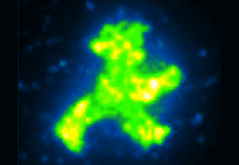
A “cut and paste” method uses an atomic force microscope to assemble protein and DNA molecules to form arbitrarily complex patterns on a surface. Developing this approach to form enzymatic assembly lines could be a path toward a general purpose nanofactory.
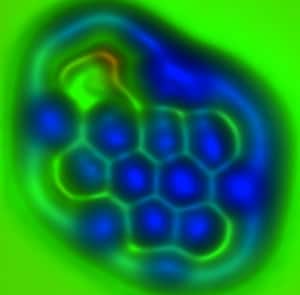
Noncontact atomic force microscopy using a tip functionalized with a single molecule provides highly precise measurement of individual chemical bond lengths and bond orders (roughly, bond strength).
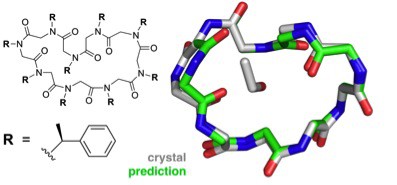
A combination of theoretical and experimental work on peptoids, synthetic analogs of proteins, points to the ability to design peptoids with desired structures and functions.

Studies in mice with otherwise fatal blood clots have shown that targeting a clot-busting drug to regions where blood flow is blocked restores circulation and increases survival with a much lower, safer dose of the drug.
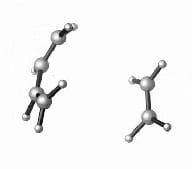
Computational insights into a fundamental organic synthesis reaction may lead to the ability to design a catalyst for any desired reaction.
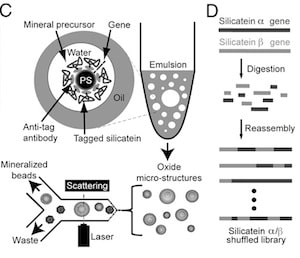
The directed, artificial evolution of genes for enzymes that produce nanoparticles of silicon dioxide and titanium dioxide produced semiconductor structures not seen in nature.
Nanotechnology combines an enzyme and a DNA molecule on the surface of gold nanoparticles to destroy hepatitis C virus in human cells and in a mouse model of disease.
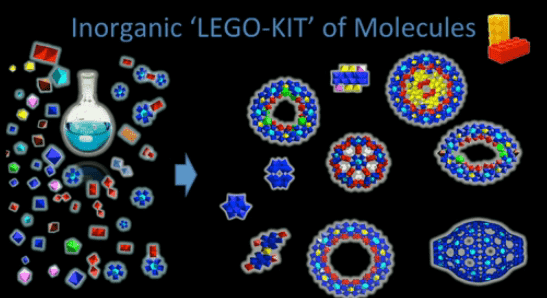
Researchers have configured a 3D printer as an inexpensive, automated discovery platform for synthetic chemistry. A road to more complex molecular building blocks for nanotechnology?
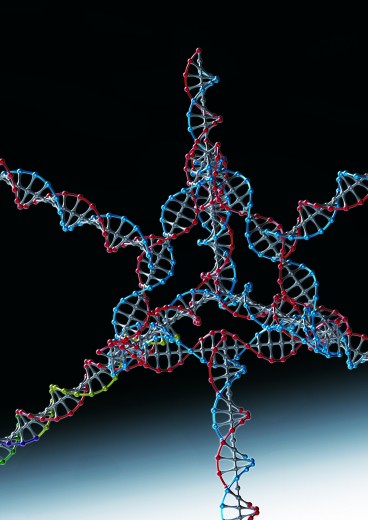
Nanoparticles made from specific DNA and RNA strands, homogeneous in size, composition, and surface chemistry, proved superior to other nanoparticles in silencing gene expression in tumors in mouse experiments.